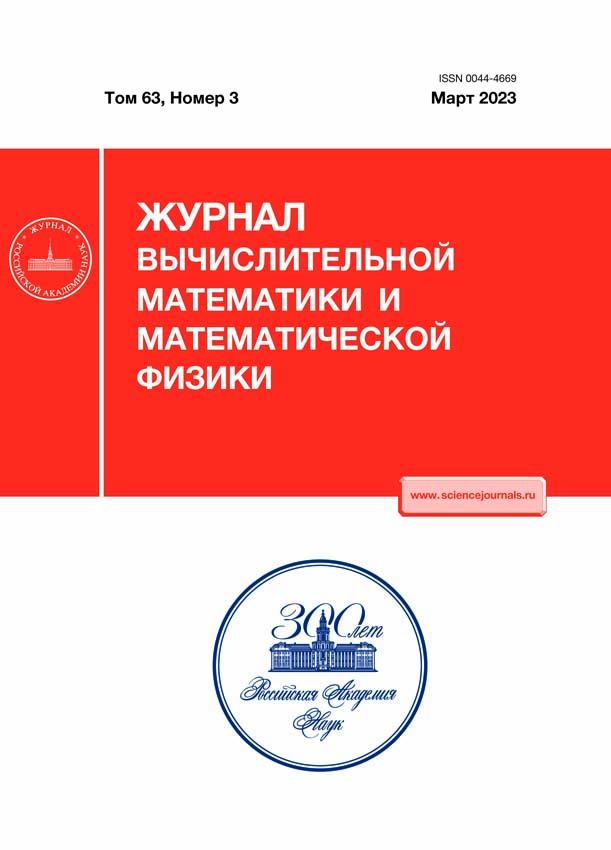A Model of Financial Pyramid with Quasi-Rational Participants
- Autores: Kukushkin N.S.1,2
-
Afiliações:
- Dorodnicyn Computing Center, Federal Research Center “Computer Science and Control,” Russian Academy of Sciences
- Moscow Institute of Physics and Technology
- Edição: Volume 63, Nº 3 (2023)
- Páginas: 380-389
- Seção: Optimal control
- URL: https://cardiosomatics.ru/0044-4669/article/view/664876
- DOI: https://doi.org/10.31857/S0044466923030080
- EDN: https://elibrary.ru/DYIZFX
- ID: 664876
Citar
Texto integral
Resumo
A model of a financial pyramid is proposed in which each participant makes a decision about entering and exiting the pyramid based on the maximin principle using his (or her) ideas about the characteristics of other participants. If the pyramid organizers are able to carry out the whole process quickly enough (so that the payoffs to agents who participated in the pyramid and left it in time do not matter too much), then exactly those agents who overestimated the share of losers in the total mass of agents will lose.
Palavras-chave
Sobre autores
N. Kukushkin
Dorodnicyn Computing Center, Federal Research Center “Computer Science and Control,” Russian Academy of Sciences; Moscow Institute of Physics and Technology
Autor responsável pela correspondência
Email: ququns@inbox.ru
119333, Moscow, Russia; 141700, Dolgoprudnyi, Moscow oblast, Russia
Bibliografia
- Barlevy G., Veronesi P. Rational panics and stock market crashes // J. Econom. Theory. 2003. V. 110. P. 234–263.
- Blanchard O.J. Speculative bubbles, crashes and rational expectations // Economics Lett. 1979. V. 3. P. 387–389.
- Boldrin M., Levine D.K. Growth cycles and market crashes // J. Econom. Theory. 2001. V. 96. P. 13–39.
- Epstein L.G., Wang T. Uncertainty, risk-neutral measures and security price booms and crashes // J. Econom. Theory. 1995. V. 67. P. 40–82.
- Kocherlakota N. Injecting rational bubbles // J. Econom. Theory. 2008. V. 142. P. 218–232.
- Liu F., Conlon J.R. The simplest rational greater-fool bubble model // J. Econom. Theory. 2018. V. 175. P. 38–57.
- Miao J. Introduction to economic theory of bubbles // J. Math. Economics. 2014. V. 53. P. 130–136.
- Miao J. Introduction to economic theory of bubbles II // J. Math. Economics. 2016. V. 65. P. 139–140.
- Milgrom P., Stokey N. Information, trade, and common knowledge // J. Econom. Theory. 1982. V. 26. P. 17–27.
- Moinas S., Pouget S. The bubble game: An experimental study of speculation // Econometrica. 2013. V. 81. P. 1507–1539.
- Schiller R.J. Irrational Exuberance. Princeton: Princeton Univer. Press, 2000.
- Tirole J. On the possibility of speculation under rational expectations // Econometrica. 1982. V. 50. P. 1163–1181.
- Chancellor E. Devil Take the Hindmost. N.Y.: Plume, 1999.
- Гермейер Ю.Б. Введение в теорию исследования операций. М.: Наука, 1971.
Arquivos suplementares










